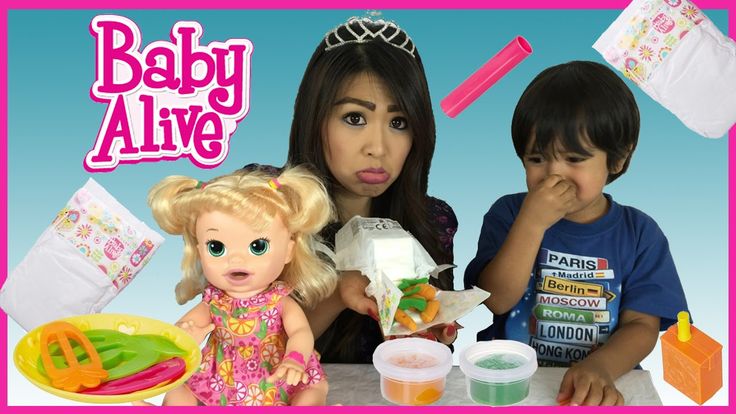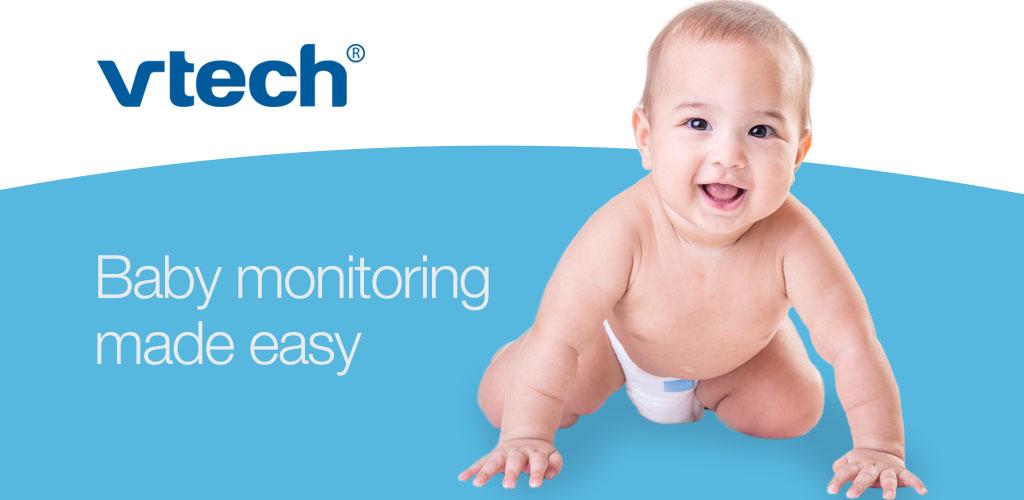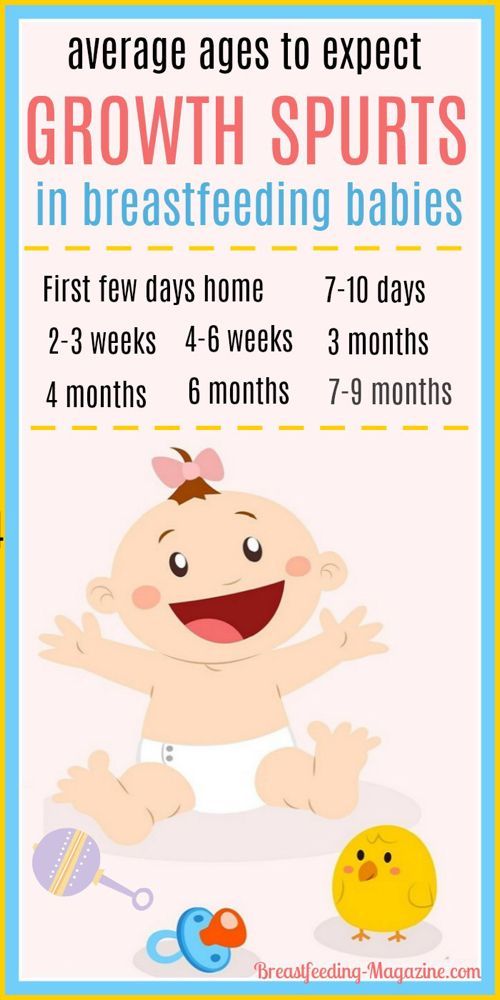Why baby cough during feeding
Help! My Baby Is Choking on Milk!
Many parents look forward to feeding time with their baby. It’s a chance to bond and also gives you a few minutes of peace and quiet.
But for some, bottle feeding or breastfeeding can lead to gagging or choking sounds, which are alarming if you’re a new parent. Fortunately, there are things you can do to help prevent your baby from choking on milk or formula.
If your baby seems to gag a lot while eating, don’t panic. “Choking and gagging during feeding is common in young infants,” says Robert Hamilton, MD, FAAP, a pediatrician at Providence Saint John’s Health Center in Santa Monica.
Hamilton says babies are born with an exaggerated but protective “hyper-gag reflex,” which can cause gagging while feeding. Plus, babies gag easily due to their own neurologic immaturity.
“Babies are growing and learning new ways to use their body (and mouths) every day,” says Amanda Gorman, CPNP and founder of Nest Collaborative, a collection of International Board Certified Lactation Consultants.
“Often, just stopping the feed and positioning the baby upright with good head and neck support will give them a few seconds to manage the problem.”
Gina Posner, MD, a pediatrician at MemorialCare Orange Coast Medical Center, says if your baby begins to choke, let them stop feeding for a little bit and pat their back. “Typically, if they’re choking on liquids, it will resolve quickly,” she says.
The most common reason a baby chokes during breastfeeding is that milk is coming out faster than your baby can swallow. Usually, this happens when mom has an oversupply of milk.
According to the La Leche League International (LLLI), common signs of oversupply include restlessness at the breast, coughing, choking, or gulping milk, especially at let down, and biting on the nipple to stop the flow of milk, among others.
You might also have an overactive let down, which causes a forceful flow of milk into your baby’s mouth. When your breasts are stimulated by your baby suckling, oxytocin causes the let-down reflex that releases the milk.
If you have an overactive or forceful let down, this release happens too fast for your baby to respond appropriately, causing them to gulp or choke while breastfeeding.
How do I prevent my baby from choking on milk when breastfeeding?
One of the first things you can do to help prevent your baby from choking while eating is to change the feeding position.
“For breastfeeding mothers who appear to have overactive let down, we typically recommend they nurse in a laid-back position, which reverses gravity’s effect and allows baby to have more control,” says Gorman.
Posner recommends pulling your baby off the breast every once in a while to help them catch their breath and slow down. You can also take your baby off the breast for 20 to 30 seconds when your milk first lets down.
In addition to a laid-back position, the LLL recommends lying on your side so your baby can allow milk to dribble out of his mouth when it flows too quickly.
Furthermore, expressing milk for 1 to 2 minutes before bringing your baby to your breast can help. Doing so allows the forceful let down to happen before baby latches. That said, be careful with this technique, as pumping for too long will tell your body to make more milk and worsen the problem.
Doing so allows the forceful let down to happen before baby latches. That said, be careful with this technique, as pumping for too long will tell your body to make more milk and worsen the problem.
When your baby gags when drinking from a bottle, it’s often due to the positioning. Lying your baby on their back while bottle feeding will lead to a faster milk flow, making it harder for your baby to control the rate of feeding.
“Tilting the bottom of the bottle higher than the nipple increases the rate of milk flow, as will a nipple with too large of a hole for the infant’s age,” Gorman advises. Tilting the bottle too high can lead to involuntary increases in intake and contribute to problems like reflux.
Instead, when bottle-feeding an infant, try using a technique called paced bottle-feeding. “By keeping the bottle parallel to the ground, the baby remains in control of the milk flow, as they are at the breast,” Gorman says.
This technique allows your baby to actively pull milk out of the bottle using their sucking skills and lets them easily take a break when needed. Otherwise, gravity is in control.
Otherwise, gravity is in control.
For babies who are bottle-fed by multiple caregivers, Gorman says all of the people who administer feeds should be educated on paced bottle-feeding.
Finally, you should never prop the bottle up to feed your baby and walk away. Since they can’t control the flow of the milk, it will keep coming even if your baby is not ready to swallow.
“The mechanism of swallowing is complicated and requires several muscle groups working together in concert and in the right time sequence,” Hamilton says. Fortunately, gagging usually diminishes as children get older and become better at swallowing.
Still, if you’re a new parent or caregiver, it’s smart to take infant cardiopulmonary resuscitation (CPR). While rare, a choking episode that caused your baby to turn blue or lose consciousness would be an emergency.
If you’re having problems related to breastfeeding, contact a LLL leader or International Board Certified Lactation Consultant (IBCLC). They can help you with your baby’s latch, positioning, oversupply issues, and forceful let-down problems.
They can help you with your baby’s latch, positioning, oversupply issues, and forceful let-down problems.
If you’re having problems related to bottle feeding, contact your child’s pediatrician. They can help you with bottle and nipple selection, as well as feeding positions that prevent choking on milk or formula.
If your baby continues to choke even after slowing down the rate of feeding, you should contact your pediatrician to rule out any anatomical reasons why swallowing may be challenging.
When you hear your baby gagging or choking during feeding, don’t panic. Take baby off the nipple and prop them up to help them clear their airway.
Often it will take a little time for your baby to learn suckle with ease. In the meantime, try keeping your baby upright during feedings and make the flow of milk slower, if possible. Soon enough, feeding time will be a sweet snuggle session!
Aspiration in Babies and Children
ABOUT CAUSES DIAGNOSIS TREATMENT NEXT STEPS
What is aspiration in babies and children?
Aspiration is when something enters the airway or lungs by accident.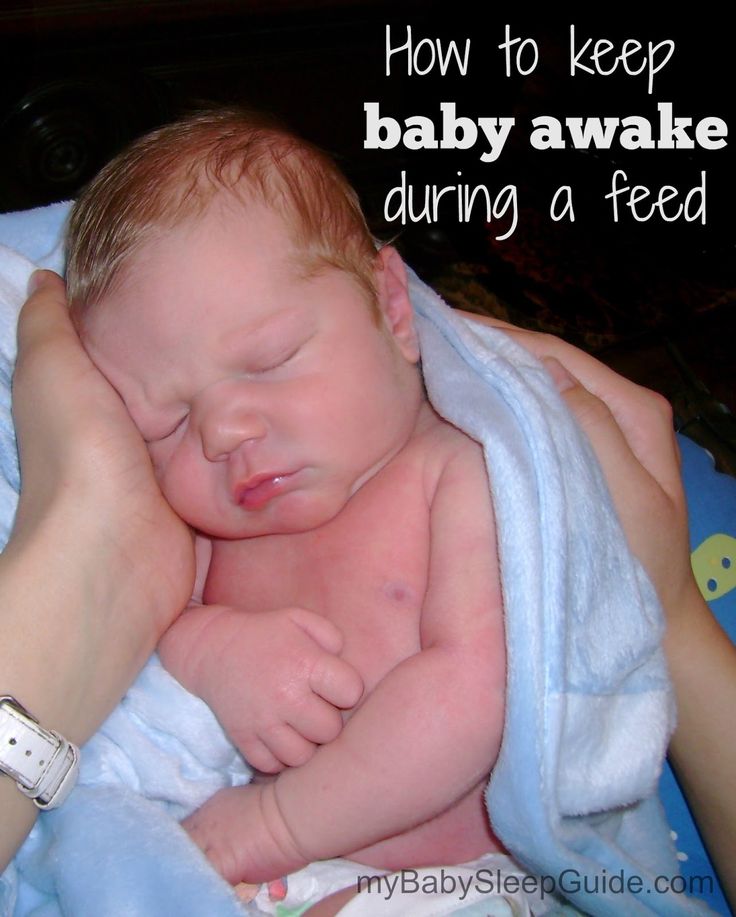 It may be food, liquid, or some other material. This can cause serious health problems, such as pneumonia. Aspiration can happen when a person has trouble swallowing normally. This is known as dysphagia. It can also happen if a child has gastroesophageal reflux disease (GERD). This is when the contents of the stomach come back up into the throat.
It may be food, liquid, or some other material. This can cause serious health problems, such as pneumonia. Aspiration can happen when a person has trouble swallowing normally. This is known as dysphagia. It can also happen if a child has gastroesophageal reflux disease (GERD). This is when the contents of the stomach come back up into the throat.
When your child swallows food, it passes from the mouth down into the throat. This is called the pharynx. From there, the food moves down through a long tube (esophagus) and into the stomach. This journey is made possible by a series of actions from the muscles in these areas. If your child has dysphagia, the muscles don’t work normally. They cause problems with the swallowing process.
The pharynx is also part of the system that brings air into the lungs. When a person breathes, air enters the mouth and moves into the pharynx. The air then goes down into the main airway (trachea) and into the lungs.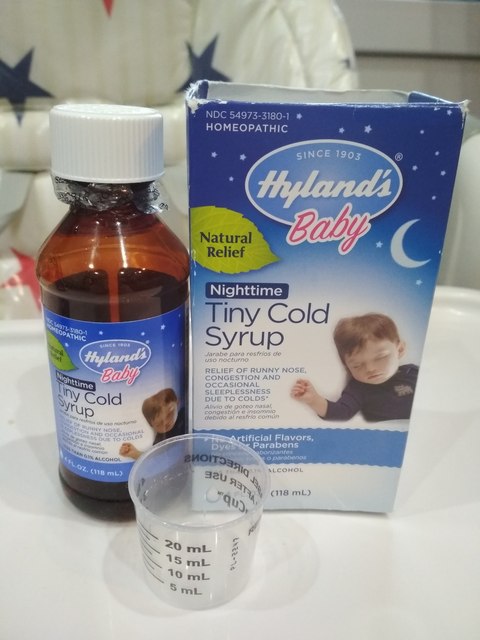 A flap of tissue called the epiglottis sits over the top of the trachea. This flap blocks food and drink from going down into the trachea when your child swallows. But in some cases, food or drink can enter the trachea. It may go down as your child swallows. Or it may come back up from the stomach. A child with dysphagia is much more likely to aspirate. A child with a developmental or health problem is more likely to have dysphagia.
A flap of tissue called the epiglottis sits over the top of the trachea. This flap blocks food and drink from going down into the trachea when your child swallows. But in some cases, food or drink can enter the trachea. It may go down as your child swallows. Or it may come back up from the stomach. A child with dysphagia is much more likely to aspirate. A child with a developmental or health problem is more likely to have dysphagia.
Aspiration can happen during a feeding or meal. And it can happen after a feeding or meal. This is common in babies and children with certain health conditions. Aspiration can also happen at any time when your child swallows saliva.
If your child aspirates a small amount of material, it may not cause much harm. This can happen in children who don’t have a health problem. It can happen when eating, sleeping, or talking. But aspiration that happens often or in a large amount can be serious.
What causes aspiration in babies and children?
Aspiration is often caused by dysphagia. This is when the muscles don’t work normally in the throat and lead to swallowing problems. Different medical conditions can lead to this, such as:
This is when the muscles don’t work normally in the throat and lead to swallowing problems. Different medical conditions can lead to this, such as:
- Abnormal anatomy, such as a cleft palate or a problem in the esophagus
- Delayed growth, from premature birth or a condition such as Down syndrome
- Brain damage or other problems, such as from cerebral palsy or infection
- Problems with the cranial nerves that control the muscles of swallowing
- Neuromuscular disease, such as spinal muscular atrophy
- Medical procedures, such as a nasogastric tube or a tracheostomy
Gastroesophageal reflux disease (GERD) can also cause aspiration. This is when the contents of the stomach come back up into the throat.
What are the symptoms of aspiration in babies and children?
Aspiration can cause signs and symptoms in a baby such as:
- Weak sucking
- Choking or coughing while feeding
- Other signs of feeding trouble, like a red face, watery eyes, or facial grimaces
- Stopping breathing while feeding
- Faster breathing while feeding
- Voice or breathing that sounds wet after feeding
- Slight fever after feedings
- Wheezing and other breathing problems
- Repeated lung or airway infections
And aspiration can cause signs and symptoms in an older child such as:
- Choking or coughing while eating
- Voice that sounds wet after eating
- Slight fever after meals
- Complaints of food feeling stuck or coming back up
- Wheezing and other breathing problems
- Repeated lung or airway infections
Signs and symptoms can happen right after eating. Or they may happen over time. Your child may not have all of these signs and symptoms. The signs and symptoms may depend on the age of your child, and how often and how much your child aspirates.
Or they may happen over time. Your child may not have all of these signs and symptoms. The signs and symptoms may depend on the age of your child, and how often and how much your child aspirates.
Some children who aspirate do not have any signs or symptoms. This is called silent aspiration.
How is aspiration in babies and children diagnosed?
Your child will need to be checked for aspiration if he or she has:
- Any signs or symptoms of aspiration
- Health problem that can cause trouble swallowing
- GERD
The healthcare provider will ask about your child’s medical history and symptoms. This may be done by a speech-language pathologist (SLP). The SLP may ask about what foods or drink cause problems, and when your child’s symptoms happen. He or she may want to watch your child during a feeding.
Your child may also need tests. These can check for problems and show if food and fluid is going into your child’s lungs. The tests may include:
The tests may include:
- Chest X-ray or CT scan
- Modified barium swallow test (MBS)
- Fiber optic endoscopic evaluation of swallowing (FEES)
How is aspiration in babies and children treated?
Treatment for aspiration may vary depending on the cause and severity. Treatments for your child may include:
- Making changes in position and posture during meals
- Changing the thickness of liquids
- Changing the types of foods in your child’s diet
- Doing exercises to help with swallowing (for an older child)
- Medicines for GERD
- Medicines or Botox injection for children who make excess saliva
- Surgery to reduce reflux
- Surgery to correct a problem such as a cleft palate
If your child still has a high risk of aspiration despite these methods, he or she may need a special tube to help with eating for a while. The feeding tube will help your child get good nutrition until his or her risk of aspiration improves. Your child will not eat or drink normally until the tube is removed. A thin tube may be put through the nose down into the stomach. This is called a nasogastric tube. This may be used for a short time while other treatment is considered. Or a tube may be put directly into your child’s stomach during a surgery. This is called a gastrostomy tube.
The feeding tube will help your child get good nutrition until his or her risk of aspiration improves. Your child will not eat or drink normally until the tube is removed. A thin tube may be put through the nose down into the stomach. This is called a nasogastric tube. This may be used for a short time while other treatment is considered. Or a tube may be put directly into your child’s stomach during a surgery. This is called a gastrostomy tube.
In some children, aspiration lessens over time. In other cases, a child may need more treatment to address the cause. Your child’s healthcare providers will carefully watch your child so that he or she can return to normal eating as soon as possible.
Talk with your child’s healthcare provider if your child has a tracheostomy tube. You may need to suction food or liquid from the tube.
What are possible complications of aspiration in babies and children?
A major complication of aspiration is harm to the lungs.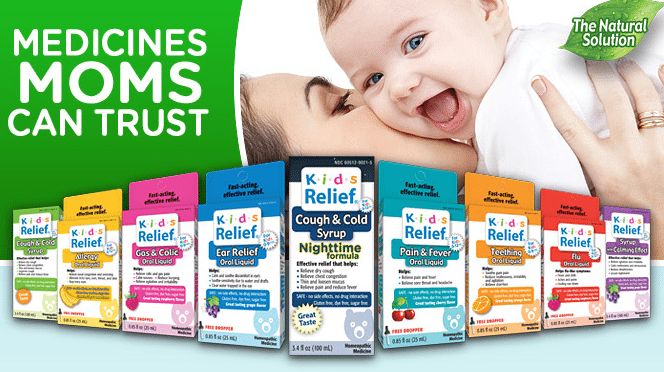 When food, drink, or stomach contents make its way into your child’s lungs, it can damage the tissues there. The damage can sometimes be severe. Aspiration also increases the risk of pneumonia. This is an infection of the lungs that causes fluid to build up in the lungs. Pneumonia needs to be treated with antibiotics. In some cases, it may cause death.
When food, drink, or stomach contents make its way into your child’s lungs, it can damage the tissues there. The damage can sometimes be severe. Aspiration also increases the risk of pneumonia. This is an infection of the lungs that causes fluid to build up in the lungs. Pneumonia needs to be treated with antibiotics. In some cases, it may cause death.
Other possible complications from aspiration include:
- Dehydration
- Malnutrition
- Weight loss
- Increased risk of other illness
When should I call my child's healthcare provider?
Let your child’s healthcare provider know right away if your child has any signs or symptoms of aspiration. It needs to be treated as soon as possible.
Key points about aspiration in babies and children
Aspiration is when something enters the airway or lungs by accident. It may be food, liquid, or some other material. This can cause serious health problems, such as pneumonia. Aspiration can happen when a child has trouble swallowing normally. This is known as dysphagia.
Aspiration can happen when a child has trouble swallowing normally. This is known as dysphagia.
- Your child might have aspiration caused by problems with growth, development, or certain health conditions.
- Your child may have a signs such as breathing problems and a wet-sounding voice after meals.
- Some children with aspiration don’t have any signs or symptoms. This is known as silent aspiration.
- If your child has any symptoms of aspiration, he or she needs to be checked and treated right away.
- Aspiration may be treated by addressing the cause of dysphagia. It can also be managed with methods to help your child feed better.
Next steps
Tips to help you get the most from a visit to your child’s healthcare provider:
- Know the reason for the visit and what you want to happen.
- Before your visit, write down questions you want answered.

- At the visit, write down the name of a new diagnosis, and any new medicines, treatments, or tests. Also write down any new instructions your provider gives you for your child.
- Know why a new medicine or treatment is prescribed and how it will help your child. Also know what the side effects are.
- Ask if your child’s condition can be treated in other ways.
- Know why a test or procedure is recommended and what the results could mean.
- Know what to expect if your child does not take the medicine or have the test or procedure.
- If your child has a follow-up appointment, write down the date, time, and purpose for that visit.
- Know how you can contact your child’s provider after office hours. This is important if your child becomes ill and you have questions or need advice.
How to breastfeed - Tips for feeding with and without a bottle from Philips-Ukraine
search support iconSearch Keywords
Shopping Cart
There are currently no items in your shopping cart.
- {{#each curatedBundle.items}}
- {{#if miniCartProductpath}} {{/if}} {{#if miniCartProductpath}} {{/if}}
{{#if miniCartProductpath}} {{/if }}
{{#iff curatedBundleQuantity 'gt' '1'}} {{curatedBundleQuantity}} x {{/iff}} {{#if familyName}} {{familyName}} {{/if}} {{#if descriptor}} {{descriptor}} {{/if}}
{{#if miniCartProductpath}} {{/if}}
{{/each}} {{#if isPersonalizedBundle}}
{{#if curatedBundle.price}}
{{curatedBundle.price }}
{{curatedBundle.discountPrice}}
{{/if}}
{{/if}} {{#if isSubscriptionBundle}}
{{#if curatedBundle.displayPrice}}
{{curatedBundle.displayPrice}}
+{{curatedBundle.displayRecurringCharge.totalFormattedValue}} / {{curatedBundle. ratePlanDuration}}
ratePlanDuration}}
{{/if}}
{{/if}} {{/if}} {{#if isBundle}} {{#each bundle}}
{{#if bundle.label}}{{bundle.label}}{{else}}Bundled Item{{/if}}
{{#if totalPrice}} {{#if formerPrice}}
{{formerPrice}}
{{/if}}
{{totalPrice}}
{{/if}}
{{/each}} {{/if}} {{#if isSingleItem}}
-{{discountValue}}
{{/if}}{{#if miniCartProductpath}}
{{/if}}{{#iff quantity 'gt' '1'}} {{quantity}} x { {/ff}} {{#if familyName}} {{familyName}} {{/if}} {{#if descriptor}} {{descriptor}} {{/if}}
{{#if miniCartProductpath}}{{/if}} {{#if sellerName}} {{soldBySiteText}} {{sellerName}} {{/if}}
{{#if totalPrice. formattedValue}} {{#if formerPrice.formattedValue}}
formattedValue}} {{#if formerPrice.formattedValue}}
{{formerPrice.formattedValue}}
{{/if}}
{{totalPrice.formattedValue}}
{{/if}}
An error occurred while deleting an item from the cart. Try again
{{/if}} {{/each}}
{{#iff cart.attributes.pricing.orderDiscountNoDelivery.value 'gt' 0}}
Discount: - {{cart.attributes.pricing.orderDiscountNoDelivery.formattedValue}}
{{/ iff}}
Shipping cost: {{#iff cart.attributes.pricing.totalDelivery.value 'gt' 0}} {{cart.attributes.pricing.totalDelivery.formattedValue}} {{else}} FREE {{/iff }} nine0003
Subtotal: {{cart.attributes.pricing.total.formattedValue}}
Like all the best things in life, breastfeeding can be both exciting and daunting. Preparing for breastfeeding brings many delightful moments, but for many mothers-to-be, they are overshadowed by thoughts about the problems that breastfeeding can bring.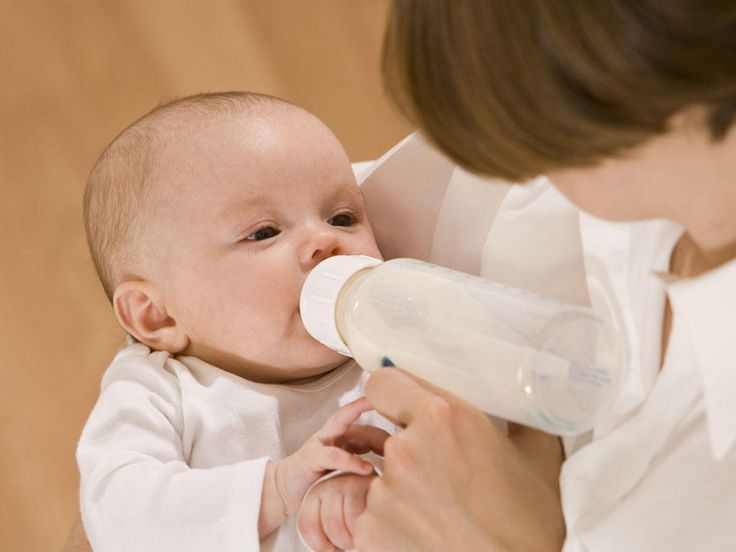 Understand that concerns are part of the process, but clear answers to questions about breastfeeding will help you calm down and gain confidence and peace of mind. nine0003
Understand that concerns are part of the process, but clear answers to questions about breastfeeding will help you calm down and gain confidence and peace of mind. nine0003
Is your baby not latch on? Are your nipples cracked? Are you experiencing pain while breastfeeding? Know you are not alone. On this page you will find tips and tricks to help you solve these problems. We are always there and ready to help, but our advice does not replace the advice of your doctor. If you are concerned about problems with breastfeeding, be sure to consult with a specialist.
1. "My baby can't latch"
Baby needs time to learn how to latch on properly. Don't be too hard on yourself, you'll be fine. A baby's inability to latch on properly is one of the most common breastfeeding problems and one of the reasons why breastfeeding sometimes hurts.
If your baby does not latch on, you may have problems. When, despite efforts, you are unable to achieve proper fixation of the nipple, you need to seek help.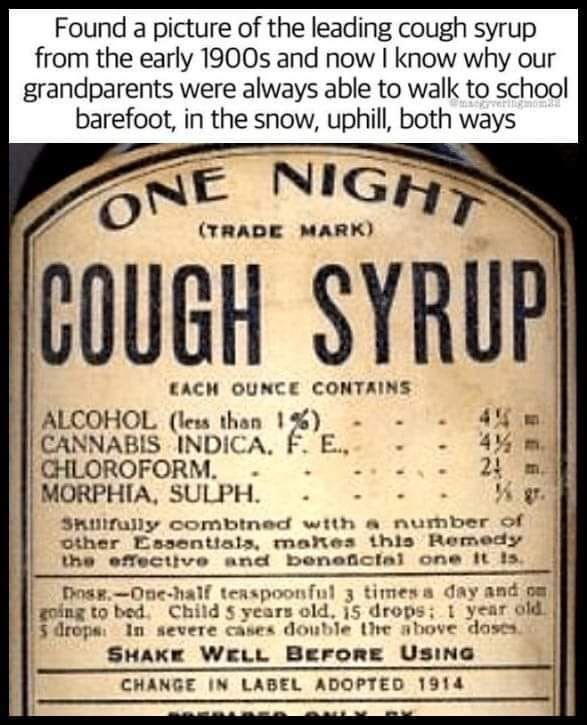 How to understand that the baby takes the breast incorrectly? nine0003
How to understand that the baby takes the breast incorrectly? nine0003
- You feel pain in your nipples while feeding.
- Baby only latch on to the nipple.
- The baby draws in his lips.
- Baby makes clicking noises or smacks loudly.
- The child is nervous after trying to feed.
- Your milk supply decreases over time even though you feed regularly.
- The baby is losing weight.
Here are some breastfeeding tips to help your newborn learn to latch on properly:
- Create a calm atmosphere. The secret to successful feeding is to always stay calm and relaxed. Lie down on a bed with pillows under your back, or sit in a comfortable chair.
- Make skin-to-skin contact with baby . Place your baby on your bare chest so that his skin touches yours. Body contact will help both of you relax.
- Don't force your baby to breastfeed. Let him take the initiative during feeding.
 You will want to guide and support the child in his efforts, but in no case force this process. nine0014
You will want to guide and support the child in his efforts, but in no case force this process. nine0014 - Find a comfortable position. Sometimes it's all about position. Some positions work, others don't. Try to vary them during feeding and find one in which it will be easier for your baby to latch onto the breast.
- Use correct technique. Place your nipple on your baby's nose and lightly tickle it to activate his instinct. Then the baby will open his mouth wide and will be able to capture most of the areola.
2.
"My nipples hurt"
You may experience sore nipples in the first few days after giving birth. But that doesn't mean you have to endure the pain. Breastfeeding pain can have several causes, from skin sensitivity to uncomfortable nursing positions. The following tips will help you solve the problem in the first few days:
- Express milk. It is very important that the baby emptys the breast completely during feeding.
 If you feel that after feeding you have milk left, it is better to express it. nine0014
If you feel that after feeding you have milk left, it is better to express it. nine0014 - Get into the correct starting position. Make sure your baby latch on properly during feeding. With proper feeding, the nipple and the lower part of the areola are in the baby's mouth.
- Try hot and cold compresses. Use a gel pad to cool your breasts or apply a warm compress. Compresses combined with massage will help relieve inflammation of the nipples.
If the pain persists, seek the advice of a lactation specialist who can help you choose the right treatment. Don't let the problem run its course. If timely action is not taken, milk production may decrease or mastitis may develop. nine0003
3. "My nipples are cracked"
Another problem well known to breastfeeders is cracked nipples. It often occurs as a result of a shallow latch on the breast, when the baby does not latch on enough breast tissue and instead sucks only on the nipple.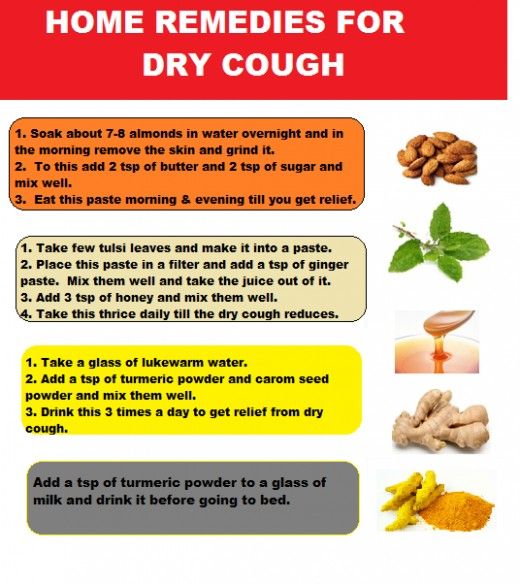 As a result, the nipples become inflamed and cracks appear on them. Measures should be taken in a timely manner to relieve pain and eliminate the risk of infection.
As a result, the nipples become inflamed and cracks appear on them. Measures should be taken in a timely manner to relieve pain and eliminate the risk of infection.
Our recommendations will help relieve sore nipples and make breastfeeding comfortable for you and your baby:
- Wet nipples with expressed breast milk. Don't be surprised! Breast milk can be successfully used to heal cracked nipples. Apply a few drops of breast milk to sore nipples and let it dry naturally.
- Stimulate milk flow before feeding. Apply a warm compress to the inflamed area and express before feeding. This will stimulate the flow of milk.
- Protect sore nipples with special nipples. During the treatment of sore nipples, wear special pads. They can help relieve chest pain while breastfeeding. In addition, nipple shields will relieve any discomfort you may experience while breastfeeding. After each feeding session, apply a special cream to the nipples, it will moisturize the nipples and help relieve inflammation.
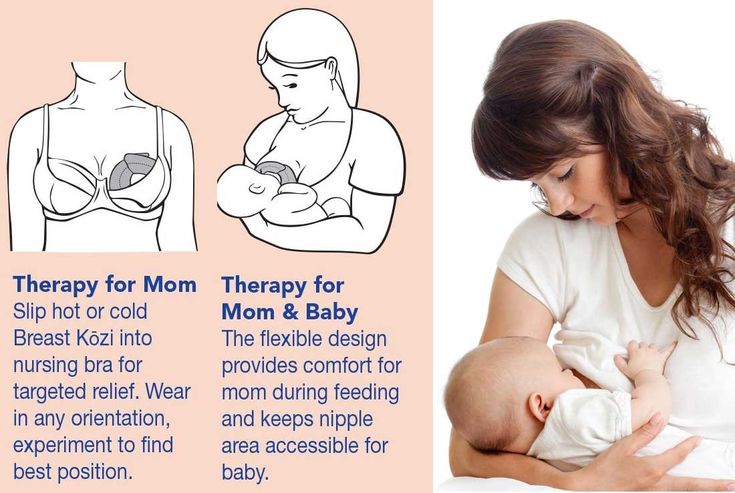
- Protect your nipples between feedings. Use a protective pad to protect sore nipples from chafing on clothing between feedings. Place pads in your bra cups to help prevent nipple irritation. In addition, the pads will collect excess milk. nine0106 Bra pads can be used to prevent breast milk stains on clothes.
- Choose the best feeding position . Usually, in order to keep the baby at chest level, it is enough to put a pillow. You can choose any other position, as long as it does not cause pain and cracking of the nipples.
- Feel free to ask for help . If the cracks don't heal or you have other problems, don't hesitate to ask for help. Talk to your doctor. nine0014
4. “My baby is coughing while breastfeeding”
New mothers usually experience a large flow of breast milk during lactation. If the flow is too strong at the time of feeding, the baby begins to choke, cough or spit up milk.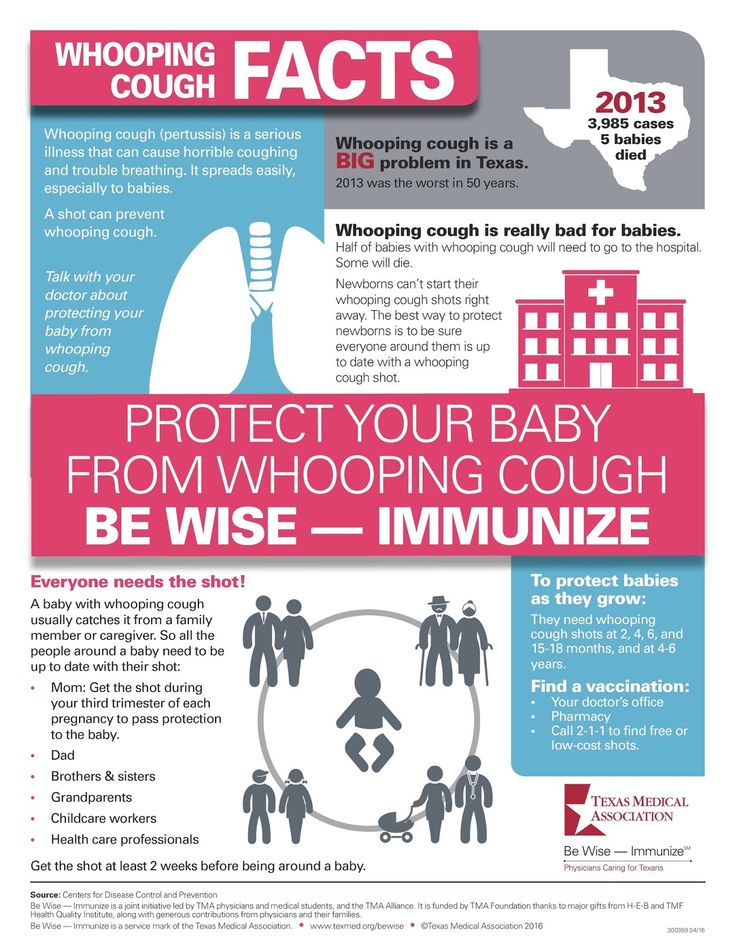 Usually this problem goes away on its own when milk production stabilizes, but it's good to know a little trick to help control the situation:
Usually this problem goes away on its own when milk production stabilizes, but it's good to know a little trick to help control the situation:
- Scissorhands technique. Control the flow during feeding by gently pinching the nipple between your index and middle fingers and applying pressure to the areola.
- Reclining position or pumping before feeding. To reduce milk flow, try feeding your baby in a semi-recumbent position. Expressing a small amount of milk before feeding will also help reduce flow
5. "I have flat or inverted nipples"
Every woman's body is beautiful in its own way, and no two pairs of breasts are the same. Women's nipples come in many shapes and sizes. For some they are flat, for others they are retracted, for others they are large.
It is important for successful feeding that the baby latch on well.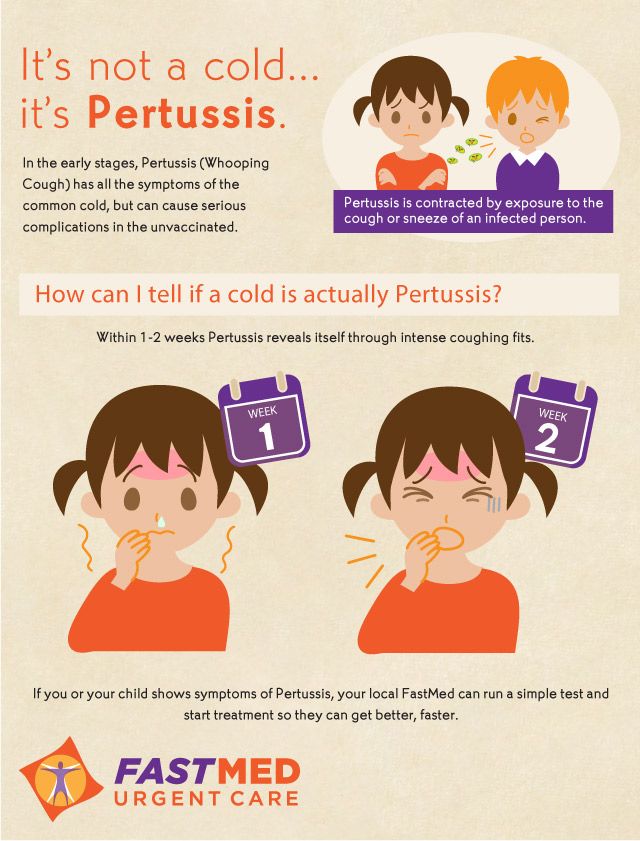 Extra effort is required to help the baby latch on to an inverted or flat nipple. If you are the owner of such nipples, know that in fact you are not alone: up to 10% of women have a similar feature 1 . Here are some helpful tips for breastfeeding moms with flat or inverted nipples.
Extra effort is required to help the baby latch on to an inverted or flat nipple. If you are the owner of such nipples, know that in fact you are not alone: up to 10% of women have a similar feature 1 . Here are some helpful tips for breastfeeding moms with flat or inverted nipples.
- Help yourself with your fingers . Try to grab the nipple with your fingers and pull it back.
- Consult a doctor. If you are concerned about the condition of the nipples, do not hesitate to contact a specialist.
Take good care of your breasts
If you feel pain or discomfort when breastfeeding, know that it happens, but this is not a reason to endure gritting your teeth. Whether it's your first breastfeeding or your fourth, the mother-baby duet sounds different each time, and each new feeding experience is unlike the last. If you learn how to properly care for your breasts, the process of feeding will bring you real pleasure.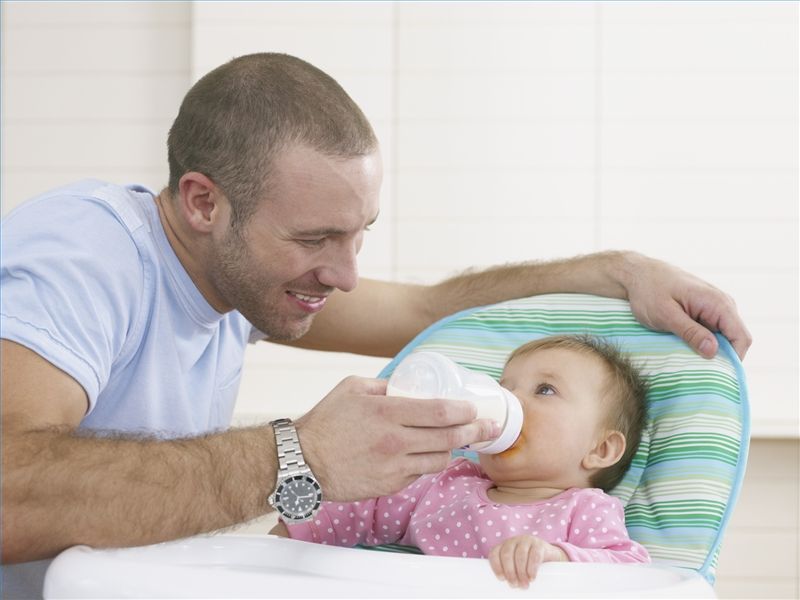 nine0003
nine0003
Getting to know your baby every day is part of the amazing journey of motherhood. Breastfeeding will allow you and your baby to experience many precious moments together, enjoying intimacy and well-being.
1. https://www.sciencedirect.com/science/article/abs/pii/S09609776976
You may need
Philips Avent
900CF05 Manual Breast Pump with Bottle0003
-
-{discount-value}
Join Philips Avent and
get 25% off your next purchase Any links to third party websites that may be included on this site are provided solely as a convenience to you. Philips makes no warranties regarding any third party websites or the information they contain. nine0003
Philips makes no warranties regarding any third party websites or the information they contain. nine0003 I understand
You are about to visit a Philips global content page
Continue
You are about to visit the Philips USA website.
I understand
Why does a baby cough during sleep or after feeding -
Cough in newborns can be physiological (natural) in nature. This is related to the developmental stage of the respiratory tract. It is absolutely normal and should not cause concern if the baby coughs about 15 times a day. nine0250
Article content:
- What is dangerous cough in a newborn baby
- If the baby constantly coughs during sleep
- Symptom associated with coryza
- Symptom associated with wheezing
- If the problem occurs after feeding
- How can you treat your baby
Why does the baby cough?
The cause of cough in infants may lie in absolutely natural phenomena for this age:
- Lying too long on the back.

- Baby cannot swallow saliva.
- The body has not adapted to the natural secretions of the bronchi.
- Expectoration of milk residues.
- In the air of the room there are elements that irritate the mucous membranes (chemicals, dust, tobacco smoke).
[note] Parents should pay attention and monitor the child's condition. If the cough is accompanied by other disturbing symptoms or is too strong, prolonged, then the child is sick.[/note]
What is dangerous cough in a newborn baby
You should be worried if the baby coughs often, strongly. Duration of more than 3 days should alert. With ARVI or the initial stage of bronchitis, a dry cough after 3 days is replaced by the appearance of a small amount of sputum. What is bronchitis, find out in detail on our website. In this case, the doctor should determine the course of treatment, because the wrong choice of drugs or delay in starting therapy can lead to serious complications. nine0003
nine0003
- Barking, dry cough may indicate the development of laryngitis . In the case of infants, parents should immediately call an ambulance. The airways and pharynx of a baby at this age are very different from the structure of an adult's organs. In an infant, this disease can cause suffocation.
- A wet cough also requires specialist treatment, but is less dangerous. As a rule, this symptom accompanies a cold or runny nose . In this case, the coughing fits are more intense in the morning due to the accumulation of mucus that begins to drain down the back of the larynx. nine0014
- Cough may be a symptom of cardiac pathology . Also, it often accompanies an allergic reaction, which, according to the latest research by scientists, is the main cause of the development of bronchial asthma and other serious diseases.
- In recent years, doctors have observed a significant increase in the number of babies born with congenital pneumonia .
 A prolonged wet, debilitating and gurgling cough should be a signal to immediately contact a pediatrician. nine0014
A prolonged wet, debilitating and gurgling cough should be a signal to immediately contact a pediatrician. nine0014
At such a young age, a child cannot explain to his parents what worries him. Sometimes, a cough becomes the only signal of a health problem. Many diseases that manifest in this way need to be treated at an early stage. Timely and correctly chosen therapy can completely cure the baby. Delay or incorrect diagnosis can lead to serious consequences.
[note] What to do if the baby coughs? Calling an ambulance with every sneeze or cough, of course, is not worth it. Parents should monitor the general condition of the baby, compare it with other symptoms and correctly understand their cause. [/ note]
If the baby is constantly coughing during sleep
- Perhaps the baby has started teething . This period is characterized by abundant salivation. It flows down the throat and can provoke a cough.
- The baby may cough in his sleep due to too dry air in the room during the heating season.
 In this case, humidification with the help of special devices will help. You can just hang wet terry towels on the batteries for the night. nine0014
In this case, humidification with the help of special devices will help. You can just hang wet terry towels on the batteries for the night. nine0014 - May be caused by an allergy to dust or lint or wool in the baby's bed. Harmful cough-causing substances can be found in laundry detergent and even furniture. It is important to try to identify the allergen and eliminate it, then the cough will pass by itself.
- The horizontal position of can also cause coughing in young children when they have a cold. It is not necessary to exclude the onset of a disease that requires a visit to a doctor.
Coughing in children is sometimes a sign of incipient pharyngitis. Learn about the symptoms and treatment of pharyngitis in children. nine0003
Read about the use of cocoa butter for treating cough here.
Symptom associated with a runny nose
If the baby coughs and sneezes, the combination of these symptoms most often indicates the development of a cold or infection in the upper respiratory tract . It is important to monitor the general condition of the baby. Fever, lack of appetite, capriciousness and lethargy will serve as a signal to call a doctor immediately.
It is important to monitor the general condition of the baby. Fever, lack of appetite, capriciousness and lethargy will serve as a signal to call a doctor immediately.
The reason may also be allergic reaction , dry air and harmless excess mucus , which the baby still cannot swallow. Read about the reasons for the accumulation of mucus in the throat of a child here.
Symptom combined with wheezing
It happens that the baby coughs and wheezes. The combination of these symptoms should alert parents. In most cases, this indicates the beginning of an inflammatory process in the airways . They can be caused by a common cold, but a bacterial or viral infection is also possible. These diseases require treatment with antibacterial drugs in stationary conditions. nine0003
If the problem occurs after feeding
The baby often coughs during or after feeding. The reason may be excessive lactation in the mother. In this case, try changing the position of feeding so that the baby has time to spit out the milk in time, without breaking away from the mother's breast.
In this case, try changing the position of feeding so that the baby has time to spit out the milk in time, without breaking away from the mother's breast.
Cough after feeding may precede belching . This is normal. Perhaps the baby was very hungry or, due to an excellent appetite, ate too quickly and caught air. In this case, also after feeding, a cough may appear. nine0003
Let's figure out what and how to safely treat a cough in an infant.
How to treat your baby
Parents have every right to know what drugs are prescribed for children with diseases manifested by cough, but only a doctor can determine the course of treatment for a baby in each case.
For the treatment of cough in infants prescribe:
- Mucolytics .
- Antitussives .
- In urgent need antibiotics .
- Will help inhalation ordinary water vapor. To do this, it is enough to turn on hot water in the bathroom and let the baby breathe in moist, warm air.
 In the absence of allergies, it is allowed to add a few drops of eucalyptus essential oil to the bath. Find out if eucalyptus essential oil is suitable for inhalation.
In the absence of allergies, it is allowed to add a few drops of eucalyptus essential oil to the bath. Find out if eucalyptus essential oil is suitable for inhalation. - At night, you can put a container with a decoction of chamomile, sage and thyme
It is necessary to treat cough not only in children, but also in adults. Read on our website about cough treatment.
You will learn about a banana against cough in this article.
How to use honey for dry cough, read at https://uho-gorlo-nos.com/gorlo/g-bolezni/kashel/moloko-s-medom.html.



